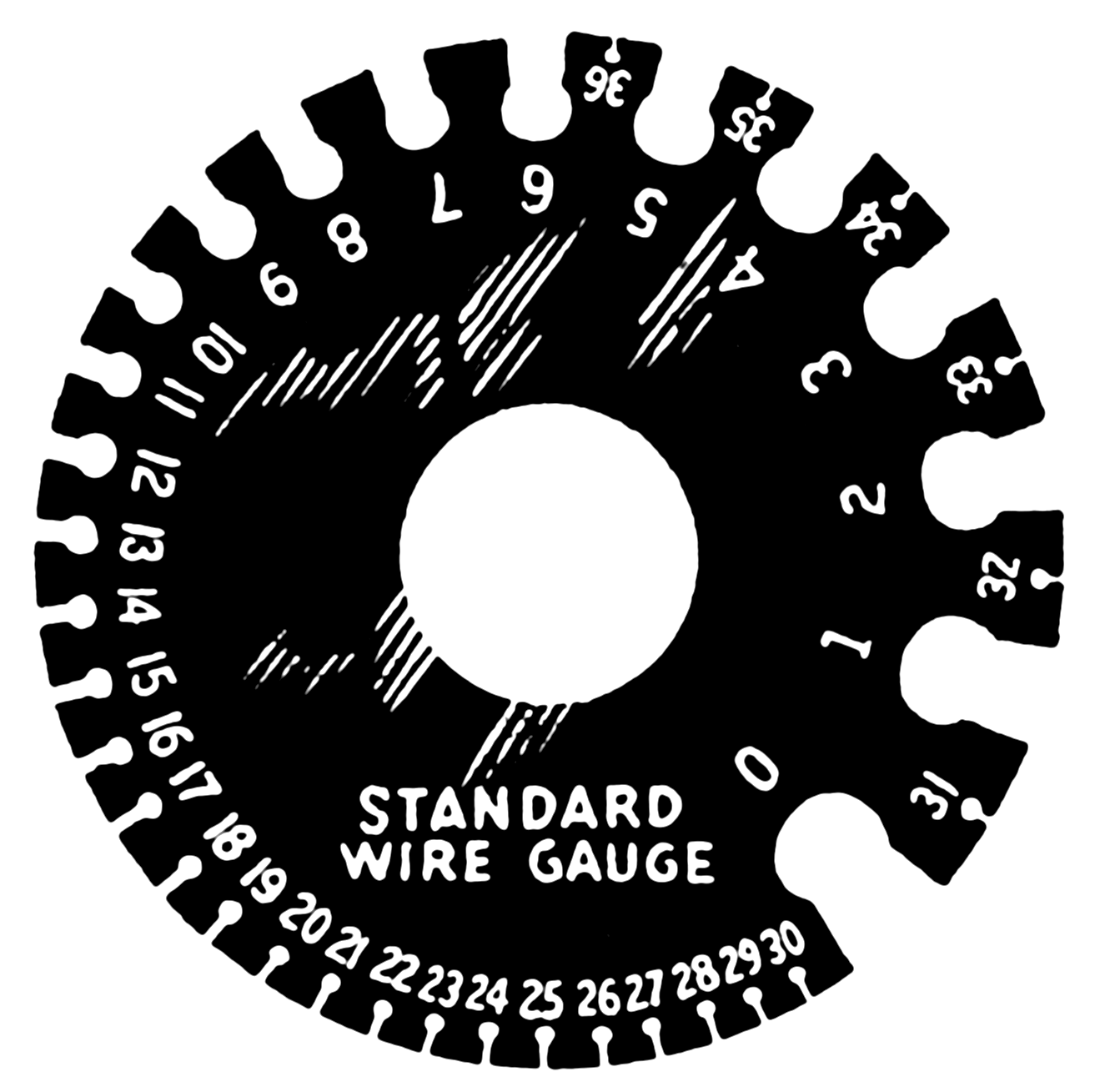

Standard gauges for wire and sheet - American, Birmingham, Washburn, Music, Stubs. how many pipes or wires fits into a larger pipe or conduit. Smaller Circles within a Large Circle - CalculatorĬalculate the number of small circles that fits into an outer larger circle - ex. distance between conduit supports.Įlectrical Motors - Single Phase 230 V Circuit WiringĬopper wire gage and transformer size for single phase 230 volts electrical motors. Maximum length of 240 V single phase electric wire with max. cable size for fixed installations in buildings.Įlectric Wire - Calculating Cross-Section AreasĬalculate single and bunched electric wire cross-section area and diameter.Įlectric Wire - Maximum Length with 240 Volts Single-Phase Power Gauge, weight, circular mils and electrical resistance in copper wire.Īmps vs. cross sectional area converter.Ĭopper Wire - Electrical Resistance vs. Cross-Sectional AreaĮlectrical resistance in plain copper or aluminum wires.ĪWG - American Wire Gauge Converting ChartĪmerican Wire Gauge (AWG) vs. size (AWG) and length of wire.Īluminum and Copper Wires - Electrical Resistance vs. Sometimes we refer to wire in different measurements. If it is a custom fixture, wire hook, bent shape, mesh, or anything else, we can make it happen. Maximum current (amps) in a 12V electrical circuit vs. With advanced computer controlled forming machines, we at True Blue Wire can form wire from 1/16 to larger than 5/8 in diameter into practically any shape that you need. ambient temperature 45 - 50 oC: correction factor = 0.58Įlectrical units, amps and electrical wiring, wire gauge and AWG, electrical formulas and motors. Then, divide the total wattage by the voltage of the system, 110 or 220, and that will give you the expected current or amps.ambient temperature 4 1 - 45 oC: correction factor = 0.71.ambient temperature 31 - 40 oC: correction factor = 0.82.Correction-factors at ambient temperature above 30 oC

For longer distances it may be necessary to increase wire diameter - reducing the gauge - to limit voltage drop. The higher the gauge number, the smaller the diameter, and the thinner the wire.īecause of less electrical resistance a thicker wire carries more current with less voltage drop than a thinner wire. Values for resistance are based on electrical resistivity for copper 1.724 x 10 -8 Ω m (0.0174 μΩ m) and electrical resistivity for aluminum 2.65 x 10 -8 Ω m (0.0265 μΩ m). It is also known as the Imperial Wire Gauge or British Standard Gauge.

Cross-Sectional Area Electrical resistance in plain copper or aluminum wires. Aluminum and Copper Wires - Electrical Resistance vs. Amps Maximum current (amps) in a 12V electrical circuit vs. Current Load Ratings - Copper (amps) 1)ġ) Current ratings for up to 1000 V, PVC-insulated single and multicore wiring cables, ambient temperature up to 30 oC British Standard Wire Gauge (often abbreviated to Standard Wire Gauge or SWG) is a unit for denoting wire size given by BS 3737:1964 (now withdrawn). Current Maximum length of copper wire with 2 voltage drop.
ALUMINUM WIRE GAUGE CHART FULL
Always check the manufactures data before detailed engineering.įor full table with Single Core and Multi Core Current Ratings - rotate the screen!ĪWG - American Wire Gauge Current Ratings AWG Operating temperature of the conductor, ambient temperature and type of conductor insulation is important. Be aware that the current load depends on installation method - the enclosure - and how well the resistance heat is removed from the cable. The table below indicates the current ratings of PVC-insulated single and multicore wiring cables. Telephone wire is typical AWG 22, 24, or 26. Typical household wiring is AWG number 12 or 14. The higher the number - the thinner the wire. Because of the small gaps between the strands in a stranded wire, a stranded wire with the same current-carrying capacity and electrical resistance as a solid wire, always have a slightly larger overall diameter. American wire gauge (AWG) is a standardized wire gauge system for the diameters of round, solid, nonferrous, electrically conducting wire. The AWG table below is for a single, solid, round conductor. AWG is sometimes also known as Brown and Sharpe (B&S) Wire Gauge. These factors play an integral role in identifying the best wire for your given application.īelow, we've included a chart of wire gauges for your reference.The AWG - American Wire Gauge - is used as a standard method denoting wire diameter, measuring the diameter of the conductor (the bare wire) with the insulation removed. Wire gauge dictates the amount of electric current a wire can safely carry, its electrical resistance, weight, and other key characteristics. Wire gauge, or the measurement of a wire's diameter, is an extremely important measurement for your determining your project's choice of wire.


 0 kommentar(er)
0 kommentar(er)
